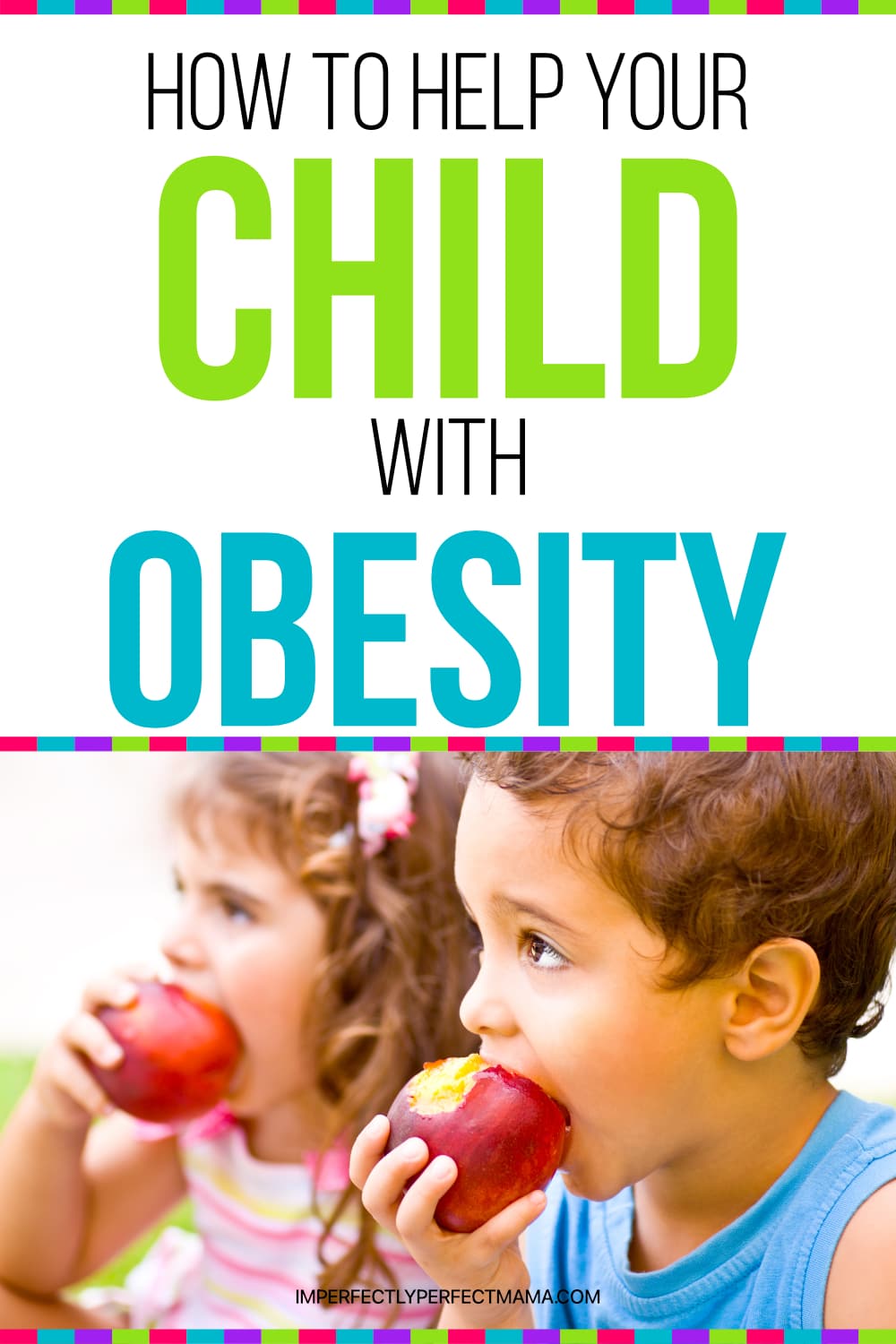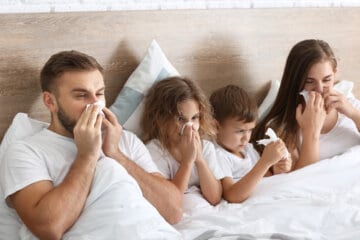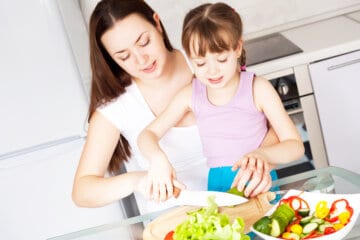I have been a family medicine practitioner for 19 years and have seen a lot of pediatric patients for the entirety of my career.

In the first fourteen years, I delivered babies and continued to follow them through their early years of life.
During the first 18 years, I observed obesity rates continually rise, but never at the rate I did during the COVID 19 pandemic.
Clinics became unavailable for routine care, forcing many families to miss their yearly well child checks. Routine care is finally coming back, but many children have not been seen since 2019.
A large portion of these children now qualify as obese for a multitude of reasons.
Children have been sitting in houses learning on computers with little physical activity.
They are primarily being parented by moms who are stretched way to thin and being asked to manage impossible multi-tasking. Sports have been cut down or gone all together until just recently.
So, here we are with a childhood obesity rate of 40% and these kids are in desperate need of assistance to get healthy again. What do we do? I can quote you studies and different opinions on the subject, but the hard fact is that weight loss is difficult for both kids and adults.
Part of the difficulty arises from the simple fact that there is no one-size-fits-all plan that works for everyone.
The approach has to be customized and requires resources, which are often not widely abundant.
Even if a plan was set and resources were available, the most difficult hurdle, often, is to have the tough conversation with families.
How to you point out an issue of obesity without causing more self-esteem issues and causing more harm? The approach is like walking a tight rope between success and failure.
I have been walking that rope for nearly 20 years and want to share my thoughts on what can work.
1. Obesity Needs to Be Addressed No Matter How Difficult
We tend to use BMI as a measure of obesity. Is it perfect?
No, but it does give a good indication of where things are at and a starting point for a discussion which needs to happen, no matter how uncomfortable or difficult.
If you think your child could have a weight issue, you need to see your physician.
The best place to start is a well child visit. It is important to have these at least once a year to catch issues like obesity. The ramifications of childhood obesity are serious and include, among others, high cholesterol, high blood pressure, fatty liver, diabetes, sleep apnea and early heart disease.
It is important to leave physical appearance out of the conversation. This is purely a health discussion. There is no fault and there is no blame.
While it is true that some children do burn calories faster or consume less than others, don’t make comparisons between friends and/or siblings.
If you want to have a productive discussion, the focus of the conversation has to be on health and no other areas.
But the first step really needs to be admitting there is a problem without assigning blame. A lot of parents are in denial due to not wanting to make their own changes around health.
If we can’t have some recognition that there is an issue, then we can’t move forward to solve the problem.
Parents need to be open minded and have that hard discussion.
2. Kids Should Not Be on Diets I Truly Believe That
Diets just don’t work. Instead, let’s try to figure out where some empty calories are coming from. Is it snacks, juice, soda or milk? Yes milk!
Children over the age of two do not require much milk. Dairy servings have beneficial amounts of calcium but milk also has a lot of sugar and kids drink it like they should be drinking water.
I am afraid that American has fallen victim to a great marketing campaign from the Dairy council.
Those calories add up fast.
Milk is also why so many American kids are constipated.
Drink one glass a day with an additional dairy serving and call it good.
Are there a lot of processed snacks around the house?
Get rid of them for the children and adults.
This has to be a group effort.
Packaged and processed foods are not healthy for anyone and none of us should be eating them. Allow full access to protein-based yogurt, lean deli meat, fruits and vegetables. Do not place limits on the refrigerator but get rid of the packaged items sitting in the pantry.
No more bags of chips, and boxes of crackers. Also, granola bars have a lot of calories and are no better than a candy bar.
Start teaching kids what full feels like and to stop eating when they are no longer hungry. Ditch the “clean plate club” so many of us were raised with.
Emphasize how they feel when they eat healthy foods. Digestion is better and constipation clears up. Again, the focus is not how children look, it is how they FEEL.
Kids feel better when they eat good food, so make it available. You also most likely are eating too much take out and fast-food.
I know you are because I am too. It’s easy and we are all too busy. Think about a meal service such as Hello Fresh.
A lot of the initial struggle is finding the time and energy for natural foods instead of the easy grab. I know it’s hard, but eventually this will be a lifestyle and not a “diet.”
I would also really look at serving sizes. We all are eating too much at a time and on our oversized plates. Again, how do we feel when we eat too much?
3. Exercise Does Not Need to Be Painful
It is possible to move your body and not have it hurt. Youth sports can become a cauldron of toxic parents and ridiculous expectations.
I completely understand parents making the choice to forgo them and honestly, I applaud that decision. That said, if you have a super intense kid that really loves sports, let them play.
Try to protect your kids from over training and over competitive parent coaches if you make that choice. However, there are a lot of less stressful options in most communities. Find an activity for the family or a club or a recreational league.
It can be swimming, a game of softball, a family hike, biking or the karate dojo down the street. Keep trying new things until something sticks, is fun and can be sustained.
It does not need to be every day either but at least several times a week.
Movement needs to become a part of life, something that the family does as a part of their lives. Another option is joining a training group with other kids to do some mobility training and stretching. The emphasis should be on fun and not on calories burned.
We have to meet kids where they are at.
Walking or biking through the neighborhood with your parents is fine for some kids but others do not want to do that at all. Meet your child where they are.
At the start, none of this will be easy and there is no “one size fits all” solution.
However, I can tell you that this does work, and it will get better. Instead of working on a diet, this approach will lead to a lifestyle change for everyone.
A lifestyle of looking at food and fitness from a healthy perspective. The whole family needs to adopt changes to make it work.
It can be done.




1 Comments